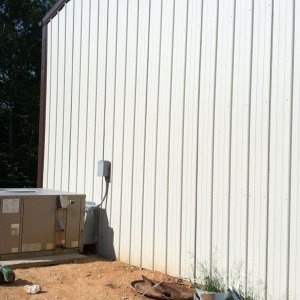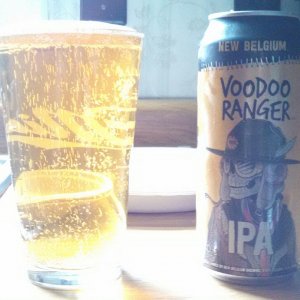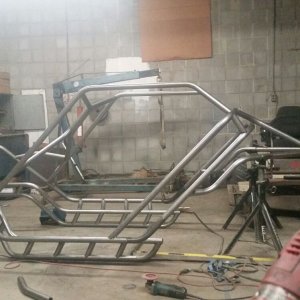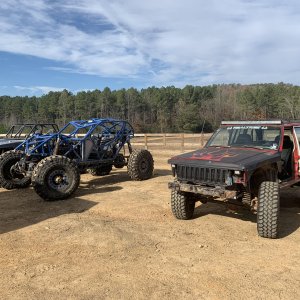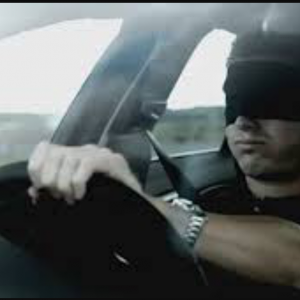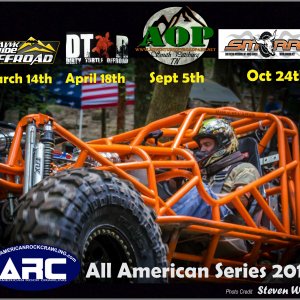The steering arm obviously experiences continued cyclical loads that place the mounting devices (bolts or studs) in shear load. ( I realize the strength of the joint is primarily achieved by the friction between the mating surfaces - none-the-less the fasteners still experience these loads - as evidenced by them loosening) SAE bolts are not designed to be loaded in shear, not to mention are not manufactured to close enough specs to allow a tight enough fit so that play will not develop and they will not begin to oval out the hole. Not to mention, drilling holes is not the proper way to achieve an exact dimension hole - it should be rough drilled and then reamed to final size. So if bolts are used, holes should be reamed, and proper shear bolts (like AN - can't quote a number off the top of my head) should be used. This is expensive and rare and more difficult, so GM came up with the ingenious solution of using a stud with a split cone washer, so that as the nut tightens, the cone cinches down and provides the required zero clearance fit while still allowing use of SAE grade/spec hardware.
You can use bolts, but you have to use the right kind, or do something else to compensate (like using interference fit locating dowels).







